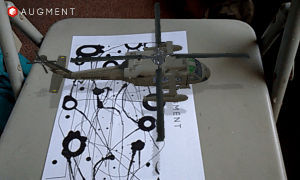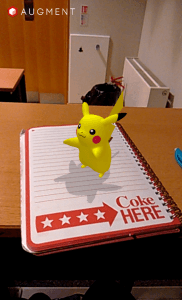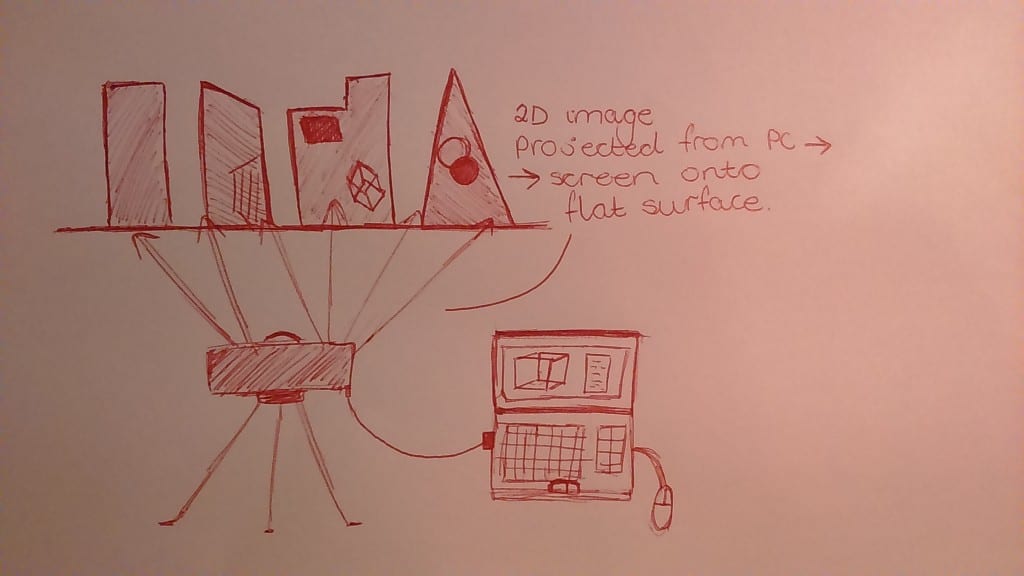In weeks 7 & 8 workshops we learned the basic skills of motion graphics, their uses and how they can be applied to our projects.
What are Motion Graphics?
Motion graphics differ from video effects or augmented reality. Rather, they are made up of shape elements that can be manipulated into an animation by using ‘motion paths’ in a sequential order. Below is an example video of how these graphics can have effects added onto them to allow them to move in various ways:
This is purely an experimental video of how Adobe After Effects can create and manipulate shapes from a blank composition. For this sequence I compiled a basic timeline of a range of elements that move in their own form and direction. The possibilities of motion graphics are almost limitless in this sense, in the way that many different kinds of animation can be produced by using different shapes, colours, effects etc.
The second video is another unrelated experiment- one that I created to explore how motion graphics can be used to transform a singular shape into multiple different images. For this video I used a circle and the idea of day transforming into night, then night into outer space. I used the shape tool settings in After Effects to create the basic elements of my video before using motion tools to animate them into different positions in the frame.
In the workshop we used motion graphics to create a personal branding/logo video. The animation was a simple sequence of various shape elements that combine to create a ‘self portrait’, which could potentially be used for the final convergence task.
Benefits and uses
There are many beneficial uses for motion graphics, particularly in the realm of gaming, graphic design and online advertising. It can be used to demonstrate informative and entertaining videos in an artistic and stylistic manner, ones that grab the user’s attention much more easily compared to live action videos. Although it can be challenging to develop and practice these ideas, it can have a significant impact on the way that marketing, government and entertainment industries put forward their promotions, ideas and products. Motion graphics can also be useful in schools, particularly for young children as their learning is often developed through engaging in artistic and colourful practices. I could use this for my own project by creating the ‘logo’ of me or to add animated images that resemble my inspirations, my hobbies, etc.
Disadvantages
There are some disadvantages to using and even creating motion graphics. First of all it can be very time consuming, which puts pressure on those working for a business or in the creative industries to meet deadlines. Secondly, due to the fact that the majority of the graphics are manually done using software such as After Effects it can be tricky to make the exact type of image that the artist wants- for example detailed and intricate objects. It is best used when making shapes/silhouettes of basic elements such as a coffee cup or lamppost.



